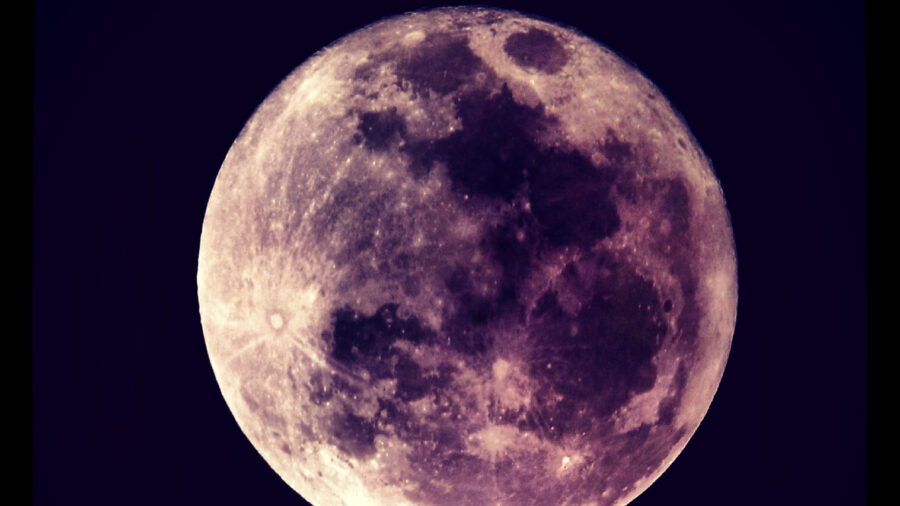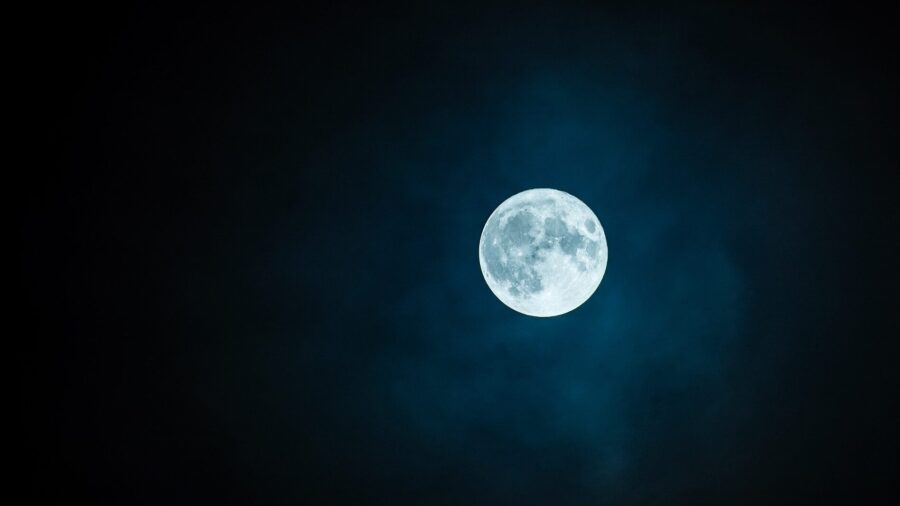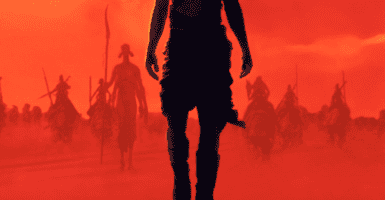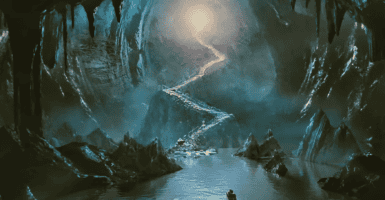Scientists Discover Earth Has A Hidden Moon That’s Been Around For Centuries
Scientists have discovered a second moon of Earth, an asteroid designated 2023 FW13.

Earth has its old faithful native satellite, aka the moon, but now astronomers have found a new quasi-satellite to call our own. According to Space.com, the newly dubbed 2023 FW13 is an asteroid that is in an orbit that sweeps out halfway to Mars and in halfway to Venus. The asteroid was spotted by astronomers using the Pan-STARRS telescope in Maui, which sits atop a dormant volcano.
The reason this moon is considered a “quasi-moon” is because its gravitational orbit is based around the sun, unlike our native satellite, which is bound by Earth’s gravity. This isn’t the first quasi-satellite that we’ve found nearby, as the asteroid Kamo’oalewa, also known as 2016 HO3, was spotted in 2016 and has a similar orbit to 2023 FW13. Astronomers don’t think that either of these asteroids poses any threat to Earth.
The 2023 FW13 quasi-moon is estimated to be about 65 feet wide and passes by roughly 9 million miles each year at its closest point. This is significantly more than the moon, which comes within about 223,693 miles of Earth at its closest point in orbit. After uncovering the existence of 2023 FW13, astronomers were able to go back and find sightings that date back to 2012 using archival data.
Of course, 2023 FW13 has been a moon in our orbit for much longer than that, and astronomers estimate that it likely has been a quasi-satellite for Earth since 100 BC. They also estimate that it will likely stick around until at least 3700 AD, so we’ll have our space companion around for quite a long time. Of course, it won’t be a very long time at all in the universal sense.

What makes 2023 FW13 and Kamo’oalewa unique compared to other quasi-satellites and mini-moons in Earth’s past is their longevity. Most asteroids that become quasi-satellites in Earth’s vicinity only stick around for a few months or years at most, but both of these have been around for quite some time. Kamo’oalewa has been around for at least 100 years, while 2023 FW13 has been around for thousands of years.
Kamo’oalewa has been under observation for a while now, and it’s been an interesting subject because the theory right now is that it could have broken off our moon. The 130-foot-wide asteroid reflects light in a very similar way to our lunar neighbors, which makes the theory a pretty strong one. To find out for sure, China is planning a mission for 2024 to collect some samples from Kamo’oalewa and determine if it is indeed lunar in origin.
As for 2023 FW13, we’ll just have to wait and see what new observations reveal about the recently discovered quasi-moon. Since we haven’t had much time to learn more about it, there are bound to be some interesting things to find out. Apparently, we have well over 1,000 years before this asteroid is no longer in Earth’s vicinity, so we have plenty of time to discover what 2023 FW13 is all about before it leaves.












